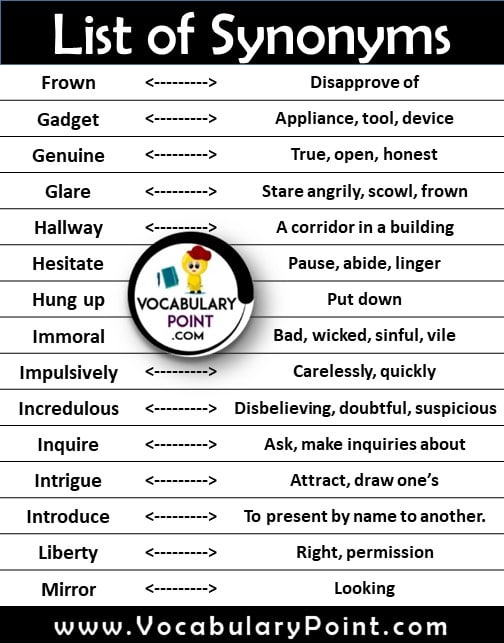
The most effective way to resolve cognitive dissonance is for a person to ensure that their actions are consistent with their values, or vice versa. The study found that this intervention was effective for heterosexual women but less effective for nonheterosexual women for reasons that are unclear. The theory behind this approach is that in order to resolve the dissonance, a person’s implicit beliefs about their body and thinness will change, reducing their desire to limit their food intake. This approach works by encouraging patients to say things or role-play behaviors that contradict their beliefs about food and body image. Drawing a person’s attention to the dissonance between their behavior and their values may increase their awareness of the inconsistency and empower them to act.įor example, a 2019 study notes that dissonance-based interventions may be helpful for people with eating disorders. However, cognitive dissonance can also be a tool for personal and social change. In some cases, this could cause harm to themselves or others. People who experience dissonance but have no way to resolve it may also feel powerless or guilty.Īvoiding, delegitimizing, and limiting the impact of cognitive dissonance may result in a person not acknowledging their behavior and thus not taking steps to resolve the dissonance. The internal discomfort and tension of cognitive dissonance could contribute to stress or unhappiness.

The effects may relate to the discomfort of the dissonance itself or the defense mechanisms a person adopts to deal with it. A person might not want to engage in dissonant behavior, but addiction can make it feel physically and mentally difficult to bring their behavior into alignment with their values.Ĭognitive dissonance can affect people in a wide range of ways. So people are more likely to view difficult tasks positively, even if they do not morally agree with them.Īnother factor that can create cognitive dissonance is addiction.

This may be because viewing something negatively after putting in a lot of hard work would cause more dissonance. Effort: People tend to value things they work hard for highly, even if those things contradict a person’s values.When a person must make a decision among several options they do not like or agree with, or they only have one viable option, they may experience cognitive dissonance. Decision-making: Everyone has limited choices.Forced compliance: A person may have to do things they disagree with as part of a job, to avoid bullying or abuse, or to follow the law.Some factors that can cause cognitive dissonance include: People are not always able to behave in a way that matches their beliefs. It is possible to resolve cognitive dissonance by either changing one’s behavior or changing one’s beliefs so they are consistent with each other.Īnyone can experience cognitive dissonance, and sometimes, it is unavoidable. A person may do this by claiming the behavior is rare or a one-off event, or by providing rational arguments to convince themselves or others that the behavior is OK.Īlternatively, people may take steps to try to resolve the inconsistency. Limiting impact: This involves limiting the discomfort of cognitive dissonance by belittling its importance.


For example, they might say it is untrustworthy or biased. A person may do this by discrediting the person, group, or situation that highlighted the dissonance. Delegitimizing: This involves undermining evidence of the dissonance.A person may avoid people or situations that remind them of it, discourage people from talking about it, or distract themselves from it with consuming tasks. Avoiding: This involves avoiding or ignoring the dissonance.These defense mechanisms fall into three categories : This can prompt people to adopt certain defense mechanisms when they have to confront it. However, Festinger believed that all people are motivated to avoid or resolve cognitive dissonance due to the discomfort it causes. As such, there is no set of external signs that can reliably indicate a person is experiencing cognitive dissonance. It is not possible to observe dissonance, as it is something a person feels internally.


 0 kommentar(er)
0 kommentar(er)
